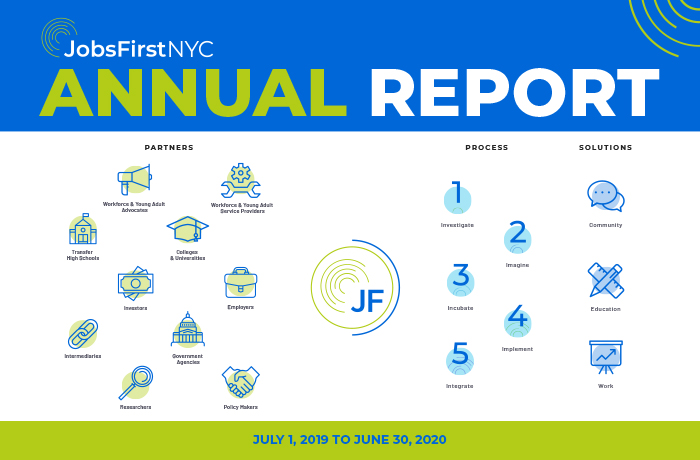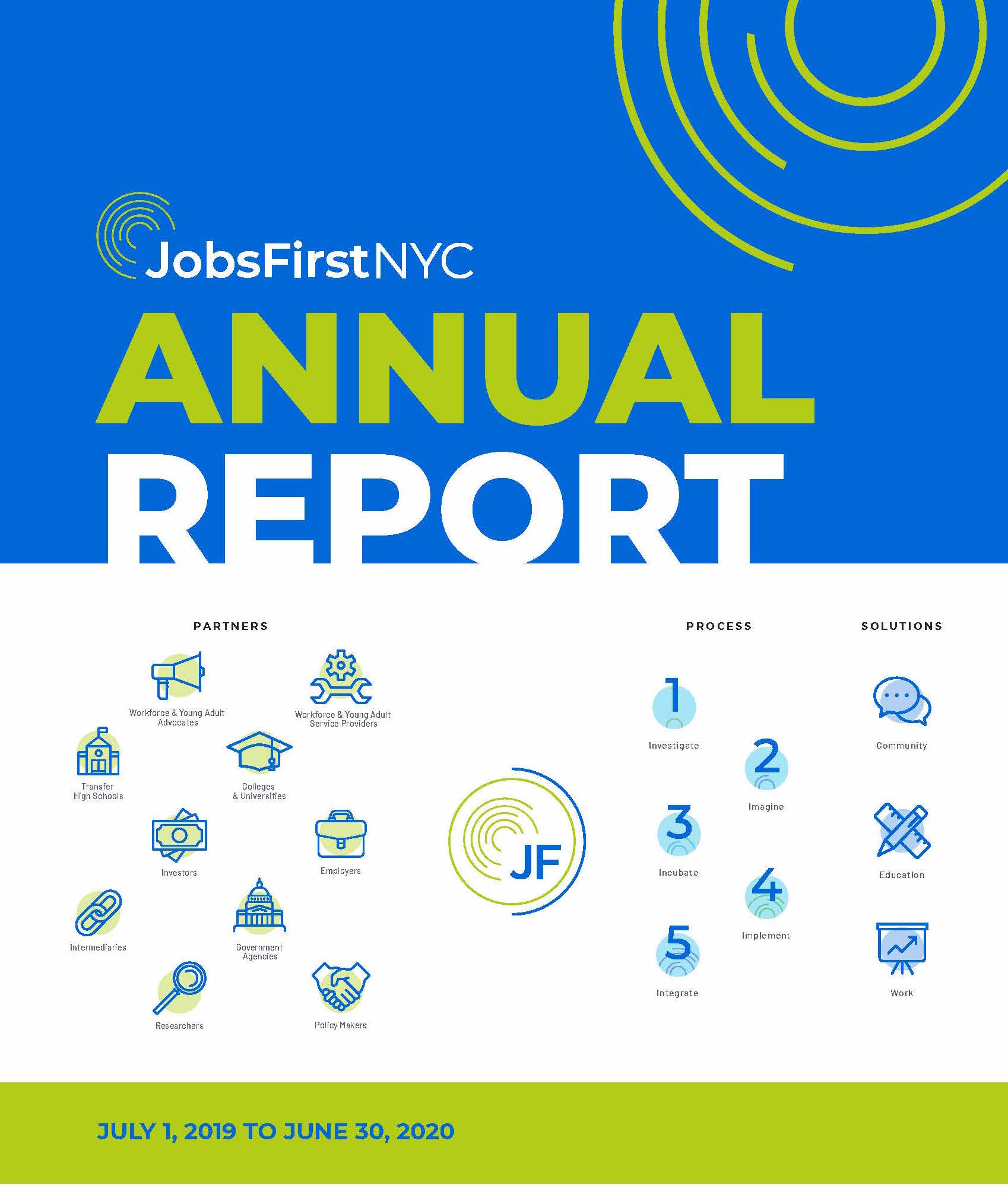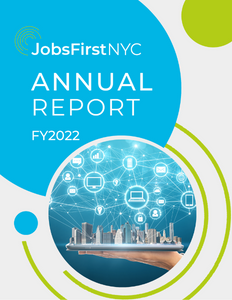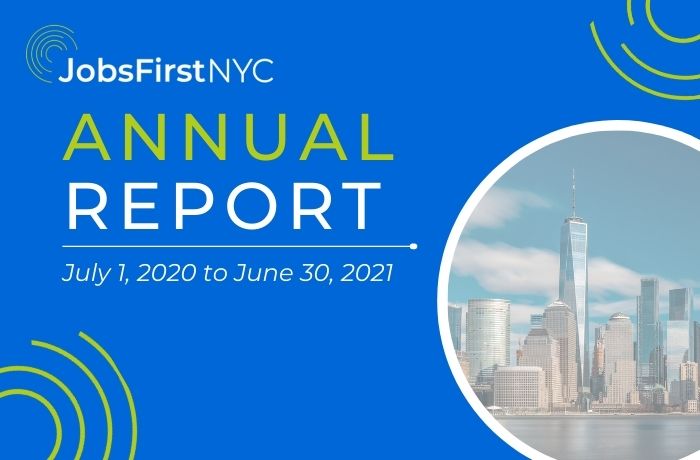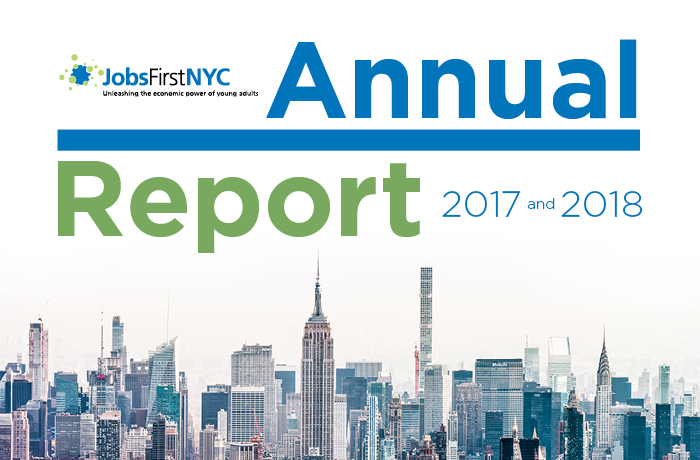If we have learned anything from the Great Recession and its accompanying recovery efforts just a decade ago, it’s that young adult generations that enter the labor market in an economic downturn are at a serious disadvantage, ultimately facing more difficulties in achieving financial security and self-sufficiency like the generations before them. For example, the millennial generation, which came of age during the Great Recession, has a net wealth that’s half as much as its baby boomer parents and earns 20% less in wages. What is most concerning about the economic downturn is that prior to the COVID-19 pandemic, the economy was not working for everyone; this means that any efforts led by policymakers in a post-COVID-19 recovery should be careful not to focus on preserving the status quo, as this may drive greater inequality across the United States. As Annie Lowery, a young adult reporter at The Atlantic, points out in her sobering article “The Great Affordability Crisis Breaking America,” the costs associated with college, housing, childcare, and healthcare are rising significantly faster than wages, further hardening inequality across the country, especially in places with higher costs of living, such as New York City. Nine of the ten most-held jobs in the state—collectively held by 1.7 million New Yorkers—pay less than $32,000 a year, leaving many state residents vulnerable to the immediate and long-term economic fallout from a post-COVID-19 economy. Homeownership rates in the state have also steadily declined, raising questions about the financial well-being of families, particularly younger families that represent the future of our state. Furthermore, New Yorkers largely lack the skills that could attract industries with good jobs, as a whopping 42% of New Yorkers have only a high school diploma (or less). More than two million New Yorkers have some college credits but not a degree, likely leaving them with debt and nothing to show for it. These realities are worrisome considering that by 2027, 70% of jobs are estimated to require some type of postsecondary education or training—and we know that the more education and training you have, the higher your earning potential is and the greater your economic security. For young adults in New York City, nearly all employment gains since the Great Recession have been in part-time employment in lower-wage sectors. Currently, about 16% of 18- to 30-year-olds are out of school and out of work. What’s more, younger New Yorkers are leaving in droves, while the population continues to grow older.
All of these realities provide us with a baseline understanding of the deep inequalities that existed prior to the unraveling economic crisis brought on by the COVID-19 pandemic. In short, the cost of living has continued to significantly outpace young adult wages and income, and nearly all of the employment gains made since the Great Recession have been in low-wage, part-time jobs. What does this mean for today’s young adults who are yet again entering the labor force with limited access to economic mobility? How do we begin to rebuild the American Compact for rising generations? Unfortunately, New York City systems to support young adults are ill equipped to answer this urgent call for change. Today, we still do not have workforce and postsecondary education goals to meet current and potential demand; we do not have a basic data infrastructure to help connect labor supply with labor demand and to leverage or drive market opportunities; we do not have a shared definition of success against which we can measure ourselves; and we have steadily eroded and suffocated the very institutions (such as community-based nonprofits and public colleges) that are the vehicles of change, further weakening their ability to respond to the growing complexities of an unknown future. Intermediaries working across education, youth development, and workforce and economic development do not have a shared strategy or organizing infrastructure. Private funders lack a cohesive approach to realizing and sustaining innovation and systems change, and research institutions lack a coordinated research agenda. Finally, and perhaps most importantly, young adults are left out of the decision-making table. Taken together, this pandemic creates the perfect storm for leaving another generation of young adults behind.
Sincerely,
Alan Momeyer, Chairman of the Board, and Marjorie D. Parker, President and CEO
